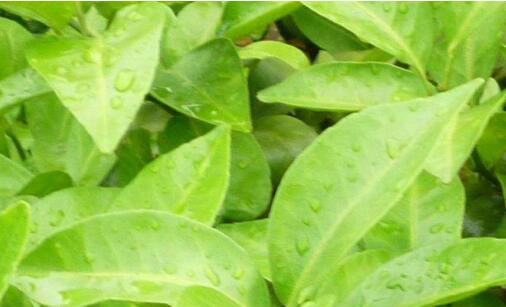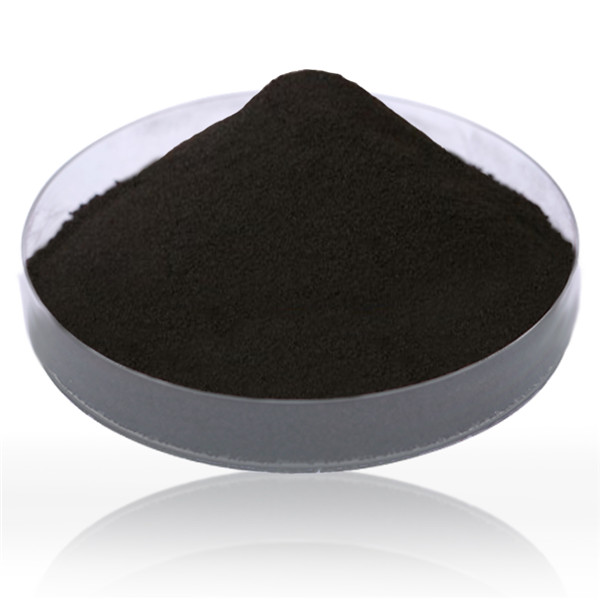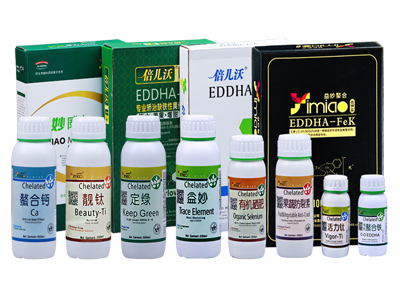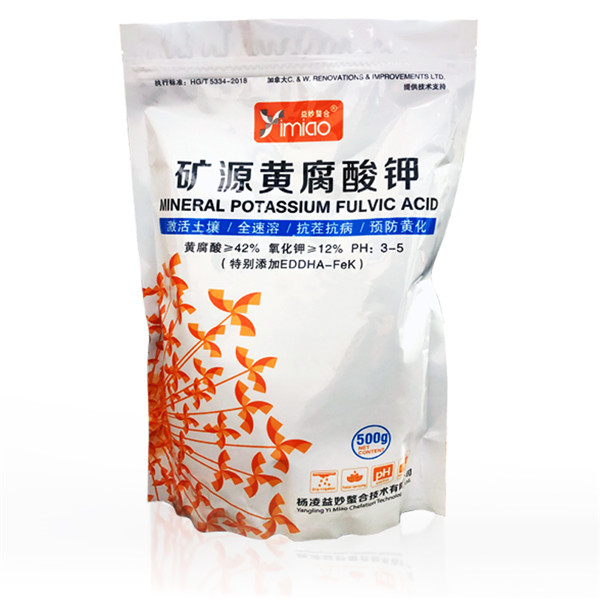植物黄、小叶病害的发病机理虽是多样性的,但概括起来,不外乎有两类,其一是病菌病害,另一类则是由“缺素”所引起的。因此,治疗此类病害必须对症用药。
Although the pathogenesis of plant yellow and small leaf diseases is
diverse, there are two types in general, one is pathogen diseases, and the other
is caused by "deficiency". Therefore, the treatment of such diseases must be
symptomatic medication.

病菌病害容易治疗,只要在病期喷入相应的杀菌药物即能起到应有的效果和作用;而由“缺素”引起的病害,其防治办法,说起来简单,实际上是很难做到的。下面笔者就以自己多年累积起来的浅薄认识粗略谈出,希望能对广大农民朋友起到一点作用。
The disease is easy to treat, as long as the disease period into the corresponding bactericidal drugs that can play a due effect and role;And the disease caused by "deficiency", its prevention and control methods, said simple, in fact is very difficult to do.The following author with their own years of accumulation of shallow understanding roughly talk out, hope to the majority of farmers friends play a role.
众所周知,植物生长过程所必需的大量元素为N、P、K,中量元素为Ca、Mg、S、CI, 微量元素目前达成共识的有Fe、Zn、Mn、Cu、B、 Mo。所谓“缺素”主要是指在给植物施足了大量元素N、P、K和中量元素Ca、Mg、S、CI后,植物生长过程中所匮乏的微量元素铁、锌、锰、铜、硼、钼,其中.易使植物产生黄、小叶病害的元素为铁、锌、锰和铜。植物缺少这几种元素所呈现的病状如下:
It is well known that N, P and K are the major elements necessary for plant growth, CA, Mg, s and CI are the medium elements, and Fe, Zn, Mn, Cu, B and Mo are the minor elements. The so-called "element deficiency" mainly refers to the trace elements such as iron, zinc, manganese, copper, boron and molybdenum that are deficient in the process of plant growth after applying a large amount of elements such as N, P, K and medium elements such as Ca, Mg, s and CI. Among them, iron, zinc, manganese and copper are the elements that are most likely to cause yellow and small leaf diseases. The symptoms of plants lacking these elements are as follows:
缺铁:幼叶叶肉变黄变白,中部叶脉、叶缘和叶尖有烧焦状坏死褐斑;花卉首先幼叶失绿,老叶看起来仍然正常,失绿叶片开始叶肉变黄,叶脉仍绿,继之叶片变白,叶脉变黄致使叶片脱落。
Iron deficiency: young leaf mesophyll turned yellow and white, middle vein, leaf edge and leaf tip had burnt necrotic brown spots; first young leaves lost their green, old leaves still looked normal, the loss of green leaves began to turn yellow mesophyll, veins were still green, then leaves turned white, veins turned yellow, causing leaves to fall off.
缺锌:底部叶片中段呈现锈斑,并逐渐向叶两端扩展,新芽的叶柄环明显低; 一般植株矮小,新叶缺绿,有灰绿或黄白色斑点,不美观;(西瓜)叶脉间有白色条纹或坏死斑;(油菜)首先从叶缘开始,叶色褪淡变成灰白,随后向叶片中间发展,呈黄白色不规则病斑,严重时,中下部叶片外翻,叶尖向下披垂。
Zinc deficiency: rust spots appeared in the middle part of the bottom leaves, and gradually extended to both ends of the leaves; Generally, the plant is short and short, and the new leaves lack green, and there are gray green or yellow white spots, which is not beautiful; (watermelon) there are white stripes or necrotic spots between the veins; (rape) the leaf color first begins from the leaf edge, and then develops to the middle of the leaves, showing yellow white irregular lesions. When severe, the middle and lower leaves turn outward, and the leaf tips droop downward.
缺锰:适当遮阴,反而出现有日灼样斑纹,花蕾不发育,叶片干瘪,失绿,少光泽,特别是中性、石灰性和沙质土壤中易见; ( 花卉)叶片失绿,出现杂色斑点,但叶脉仍有绿色; ( 西瓜)幼叶基部失绿,沿叶脉有残绿。
Manganese deficiency: under proper shading, there are sunburn like stripes, undeveloped flower buds, withered leaves, loss of green, less luster, especially in neutral, calcareous and sandy soil; (flowers) leaves lose green, appear variegated spots, but the veins are still green; (watermelon) young leaves lose green at the base, along the veins there are residual green.
缺铜:开始叶尖失绿,逐渐转为灰白色并向全叶扩展,植株顶端停止生长或枯顶,继而整株植物生长停滞。
Copper deficiency: at the beginning, the leaf tip lost its green color, gradually turned gray and extended to the whole leaf, the top of the plant stopped growing or withered, and then the whole plant stopped growing.



 当前位置:
当前位置:


 热门推荐
热门推荐





 推荐新闻
推荐新闻
 在线留言
在线留言 详情内容
详情内容 
